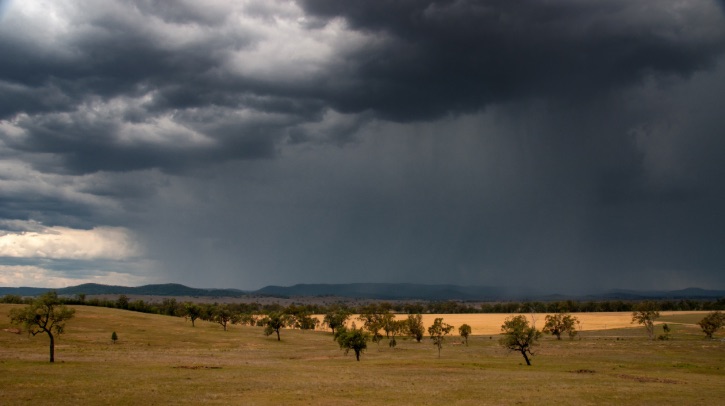The Commonwealth Scientific and Industrial Research Organisation (CSIRO) and the Australian Bureau of Meteorology have released the State of the Climate Report 2024, which found a continuation of long-term trends identified in 2022, including an increase in extreme heat events, longer fire seasons, more intense heavy rainfall and sea level rise.
Australia’s weather measurements
The report found that Australia’s climate has warmed by an average of 1.51 ± 0.23°C since national records began in 1910 and sea surface temperatures have increased by an average of 1.08°C since 1900. The warming has led to an increase in the frequency of extreme heat events over land and in the oceans. In the southwest of Australia, there has been a decrease of around 16% in April to October (growing season) rainfall since 1970. Across the same region, May to July rainfall has seen the largest reduction, by around 20% since 1970. The southeast has seen a decrease of around 9% in April to October rainfall since 1994. Heavy short-term rainfall events were also found to be becoming more intense. Additionally, the researchers found an increase in extreme fire weather and a longer fire season across large parts of the country since the 1950s. There has also been an increase in rainfall and streamflow across parts of northern Australia since the 1970s, in addition to a decrease in the number of tropical cyclones observed in the Australian region since at least 1982.
According to the report, sea levels are rising around Australia’s top, including more frequent extreme high levels that increase the risk of inundation and damage to coastal infrastructure and communities. The global mean sea level is increasing, having risen by around 22cm since 1900. Half of this rise has occurred since 1970 and oceans around Australia are becoming more acidic, with changes happening faster in recent decades. Furthermore, there has been an abrupt decrease in Antarctic sea ice extent since 2015, after a small increase from 1979 to 2014. Finally, while 2023 was the warmest year on record globally, Australia’s warmest year was in 2019.
Extreme weather predictions
Looking to the future, the report highlights that sea levels are expected to continue to rise, making coastal floods more frequent. Moreover, marine heatwaves are expected to be more frequent and intense and the climate to become warmer, with more heatwaves and fewer cool days to come. The impacts of storms will be amplified by higher sea levels and heavier rainfall and cool season rainfall decline in southern and eastern Australia is expected to continue in most places. A longer fire season will also see more dangerous fire weather. Conversely, heavy rainfall is projected to become more intense, particularly hourly and sub-hourly downpours.
Minister for industry and science, Ed Husic MP, said, “This report is difficult reading, particularly the longer-term climate trend lines. It’s why scaling up wind, battery and solar power has never been more important. Our world-class scientists continue to work on climate solutions which will create sustainable Aussie industries and more well-paid secure jobs.”
Minister for the environment and water, Tanya Plibersek MP, added, “This report confirms what we already knew – that there are huge challenges facing Australia from a changing climate. That’s why the Albanese government has done more on climate and environment than any government in Australian history. As environment minister, I’m approving renewable energy projects at record rates – I’ve ticked off over 60 renewable energy projects that produce enough energy to power over 7 million homes, with record numbers in the pipeline. Australians have a choice at the next election – a renewable energy transition that is already underway, or an expensive nuclear fantasy that will see coal-fired power stations operate longer.”
Minister for climate change and energy, Chris Bowen MP, commented, “The latest State of the Climate Report reiterates the urgent need to act on climate change. The experts could not be clearer – we are seeing more extreme heat events, longer fire seasons, more intense rainfall and sea level rise – and this will only get worse without real, actionable plans to drive down emissions. This is not about policy ideas driven by slogans that won’t survive contact with reality. Only the Albanese government has a credible plan to act on climate change and reap the economic opportunities of the clean energy transformation. Our plans are purposely ambitious, but they are achievable and in stark contrast to an Opposition that includes outright climate deniers and science sceptics dressing up their anti-renewables ideology as a nuclear scheme that locks in more fossil fuels and won’t be operational until the mid-2040s, a decade past our point of no return.”
In related news, the Australian Bureau of Meteorology’s Karratha dual-polarized Doppler radar recently went live and began providing better visibility of weather systems than the temporary radar at Dampier. Click here to read the full story.



